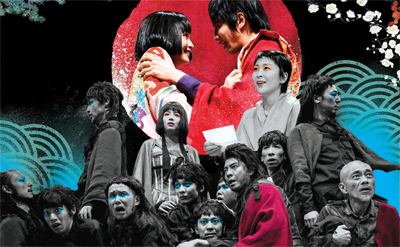Donna Tartt, the American novelist, has been featured quite heavily over the last few days, as it is 30 years since the publication of her first novel, The Secret History. For a debut text it attracted an enormous advance and became a quick bestseller when it appeared. Since then, she has produced two more novels, at approximately 10-year intervals, The Little Friend in 2002 and The Goldfinch in 2013.
The Secret History is certainly a tour-de-force, a big first person narrative novel exploring friendships, betrayal, university life and ultimately murder, guilt, fear of detection. Guided by the consciousness and perspective of the narrator, the reader is always trying to see beyond his limitations to work things out, while the core actions, including the murder, are clear and explicit.
Here are a couple of good articles about it, but beware, as both contain spoilers. There’s a thoughtful one from The New Statesman, which requires a log on, and one from The Independent, which doesn’t.
 Like Ruth Ozeki, who I quoted a few weeks ago, Tartt too lays emphasis on the role of the reader. ‘Readers,’ she says, ‘really participate in the writing of a book’. It’s an important idea – the book itself is a dead thing. The writer has given it their knowledge, skill and insight, but it remains a collection of pointless marks on pages until it is picked up, opened and read. Reading too is a creative act, as the reader brings themself to their interpretation. Every reading is a re-reading, reshaping the text in subtle ways. Tartt emphasises the point:
Like Ruth Ozeki, who I quoted a few weeks ago, Tartt too lays emphasis on the role of the reader. ‘Readers,’ she says, ‘really participate in the writing of a book’. It’s an important idea – the book itself is a dead thing. The writer has given it their knowledge, skill and insight, but it remains a collection of pointless marks on pages until it is picked up, opened and read. Reading too is a creative act, as the reader brings themself to their interpretation. Every reading is a re-reading, reshaping the text in subtle ways. Tartt emphasises the point:
As a writer I’m giving the reader signs to help create the story with me. The reader is bringing his or her own memories, intelligence, preconceptions, prejudices, likes, dislikes. So the characters in your copy of the book are going to look and sound different than in mine. I have my own ideas, but once the book is out there it’s not really mine any more, and my own idea isn’t any more valid than yours.

Theatre directors are like readers; they bring their own interpretations of plays and reveal them to audiences. A couple of theatrical interpretations which have pushed at boundaries have caught my eye this week. Tennessee Williams writes painstakingly detailed stage directions in his plays in order to evoke the theatrical effects he wants to be realised, often blending realism and theatrical expressionism. That is very true of his ‘memory play’, The Glass Menagerie, but a current production uses the spirit rather than the letter of Williams’ stage directions.
If you fancy a radical reworking of Shakespeare, what about a Kabuki version of Romeo and Juliet seen through the lens of a classic Queen album? Bohemian Rhapsody and Tybalt?